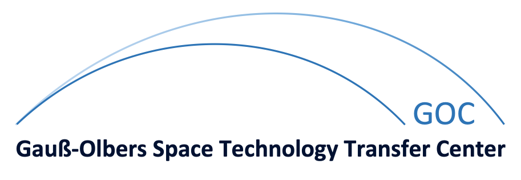Performance analysis of maximum-likelihood semiblind estimation of MIMO channels
| Autoren: | T. Wo, P.A. Höher, A. Scherb, K.-D. Kammeyer | ||||||
| Kurzfassung: | Iterative channel estimation and data detection is a very useful method to improve the channel estimation quality without sacrificing the bandwidth efficiency. Since both the known training symbols (non-blind) and the unknown data symbols (blind) are used for channel estimation, corresponding techniques are referred to as semiblind. If the channel estimator and data detector are both optimal in the sense of maximum-likelihood criterion, we may call the algorithm as maximum-likelihood (ML) semiblind channel estimation (SBCE). This paper deals with ML-SBCE for frequency-flat multi-input multi-output systems with focus on the channel estimation mean squared error (MSE) analysis. Through semi-analytical efforts, we will show that ML-SBCE is biased at low SNR and tends to be unbiased at high SNR. The reasons of biasing are the erroneous data detection and the correlation between the noise and the detection errors. Besides, we will show that the MSE performance of ML-SBCE is also influenced by the noise-error correlation. Based on these analysis, possibilities to compensate the biasing as well as improve the MSE performance are pointed out. | ||||||
| Dokumenttyp: | Konferenzbeitrag | ||||||
| Veröffentlichung: | Melbourne, Australia, 7. - 10. Mai 2006 | ||||||
| Konferenz: | IEEE 63rd Vehicular Technology Conference (VTC2006-Spring) | ||||||
| Index: | 265 | ||||||
| Dateien: |
|
Zuletzt aktualisiert am
29.04.2008
von
Admin
© Arbeitsbereich Nachrichtentechnik - Universität BremenImpressum / Kontakt







